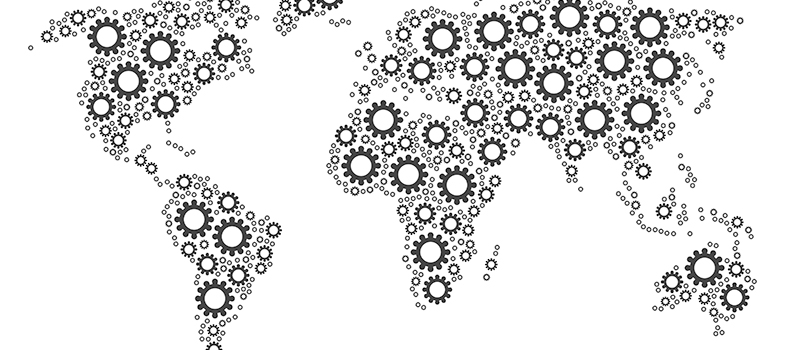1.2 Using AMR data to inform policy-making
Anyone who wants to provide evidence for AMR policy should listen to the needs of policy-makers. How can your surveillance and/or research help them to make impactful policy decisions? Make sure you know what you want to achieve: what exactly do you want policy-makers to do? You need to present the clear benefits of the policy to policy-makers.
Policy-makers should consider whether they are reaching out to a diverse group of stakeholders to ensure their policies are evidence-based and will best serve their communities.
National AMR surveillance and research is critical to containing and preventing the emergence and spread of AMR. The fifth Global Antimicrobial Resistance and Use Surveillance System (GLASS) report [Tip: hold Ctrl and click a link to open it in a new tab. (Hide tip)] , published by the World Health Organisation (WHO) in 2022, provides a summary of five years of national AMR surveillance data contributed to GLASS from its initiation, presents AMR findings in the context of progress of country participation in GLASS and in global AMR surveillance coverage and laboratory quality assurance systems at (sub)national level. (WHO, 2022).
The GLASS dashboard (WHO, n.d.) presents global antimicrobial consumption (AMC) and resistance (AMR) data for countries, territories, and areas that were enrolled in GLASS by the end of 2022.
1.1 Planning for engagement




